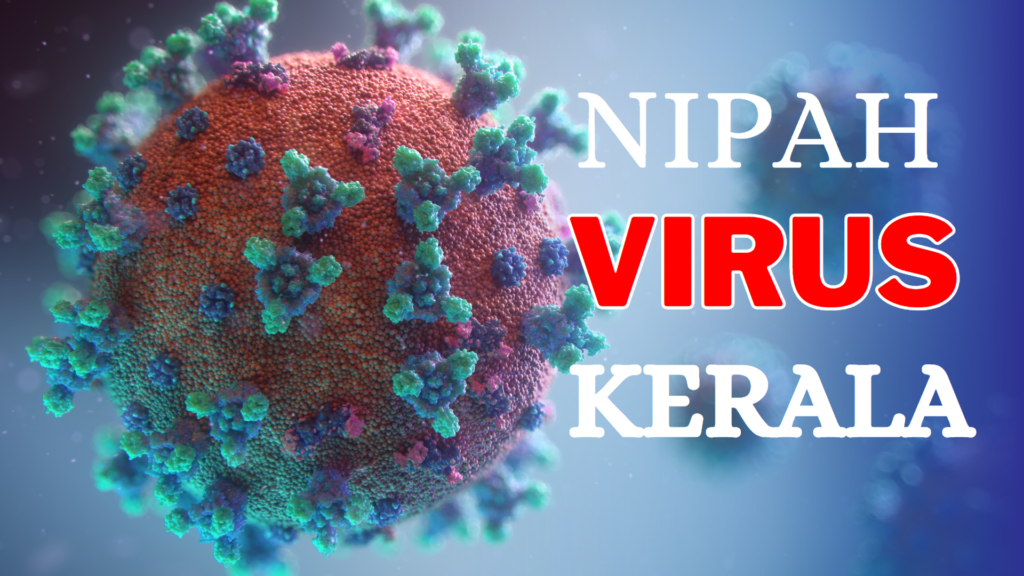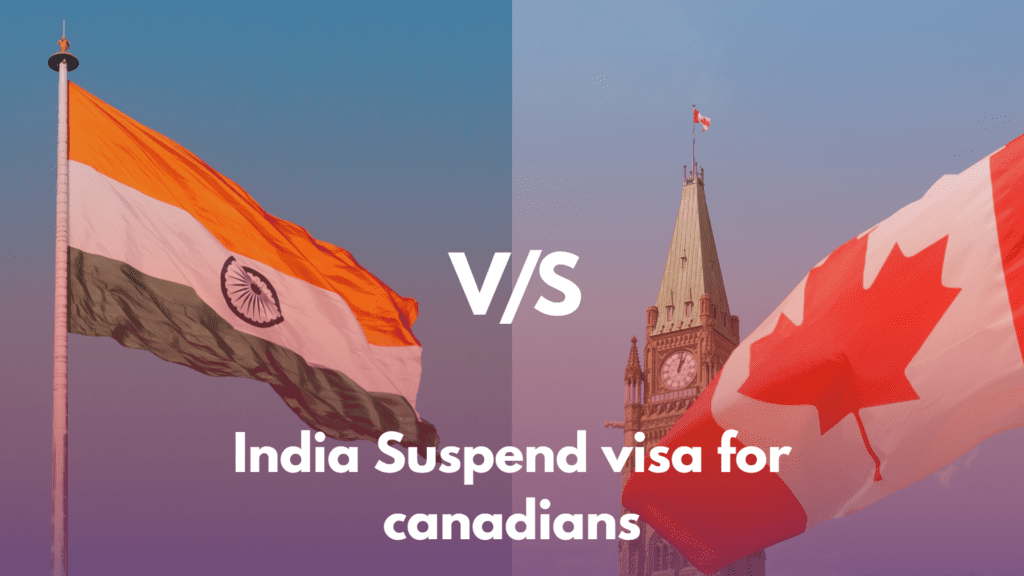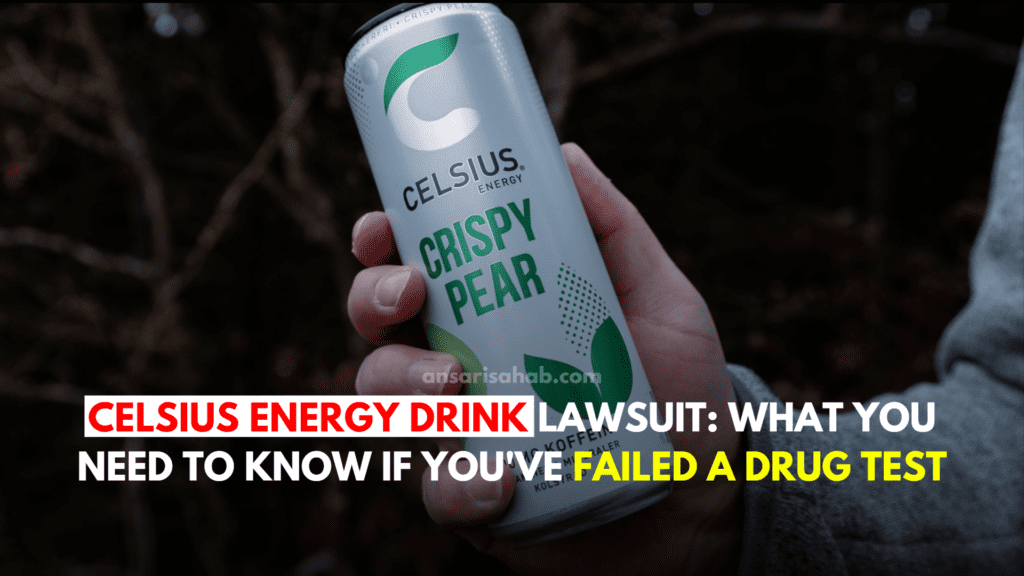The ever-changing landscape of the COVID-19 pandemic has brought forth new challenges, with emerging variants like HV.1 demanding our attention. In this comprehensive guide, we will explore the symptoms, transmission dynamics, prevention measures, and implications for public health surrounding the HV.1 variant.
Symptoms of the HV.1 Variant:
The symptoms associated with the HV.1 variant closely resemble those of previous strains, making clinical identification challenging. Common symptoms include respiratory issues (cough, sore throat, runny nose), fever or chills, fatigue, headache, and, in some cases, loss of taste or smell. It is crucial to note that these symptoms can overlap with other respiratory infections, necessitating testing for accurate COVID-19 diagnosis.
Transmission of the HV.1 Variant:
HV.1 exhibits high transmissibility, primarily through respiratory droplets generated by coughing, sneezing, or talking. These droplets can be inhaled or land on surfaces, remaining infectious for an extended period. The variant’s ability to evade aspects of the immune system and efficient replication within cells contribute to its challenging containment, even among vaccinated individuals.
Prevention of HV.1 Infection:
While no specific vaccine targets HV.1, existing COVID-19 vaccines offer substantial protection against severe outcomes. Vaccination remains a pivotal strategy in preventing the spread and mitigating the impact of the virus. Additionally, adherence to preventive measures such as wearing well-fitting masks, social distancing, frequent hand hygiene, staying home when sick, and prompt testing for symptoms are essential in reducing the risk of HV.1 infection.
Read Also: Flu Symptoms: A Holistic Guide to Prevention, Treatment, and Winter Wellness
Implications of the HV.1 Variant:
The HV.1 variant presents significant challenges for public health. Its high transmissibility and potential for immune evasion may lead to surges in cases, particularly among unvaccinated individuals. The risk of breakthrough infections in vaccinated individuals underscores the importance of expanding vaccination coverage and promoting booster doses. Public health strategies should focus on maintaining robust testing, contact tracing infrastructure, and adapting strategies based on surveillance of new variants.
Navigating the New COVID Wave: Understanding Symptoms, Variants, and Precautions:
As the COVID-19 landscape evolves, HV.1, a highly transmissible subvariant of Omicron, has gained prominence globally. Understanding HV.1 symptoms, transmission dynamics, and preventive measures is crucial for navigating this new wave.
Symptoms of HV.1:
HV.1 symptoms align with typical COVID-19 manifestations, including fever, cough, fatigue, sore throat, muscle aches, headache, runny nose, congestion, and loss of taste or smell. Recognizing these symptoms is vital for early detection and appropriate action.
Incubation Period for HV.1:
The estimated incubation period for HV.1 is 2-4 days, emphasizing the need for vigilance even in the absence of immediate symptoms. Early detection plays a pivotal role in preventing further transmission.
Prevention and Protection:
Vaccination remains the cornerstone in preventing severe illness, hospitalization, and death. Complementing vaccination, measures such as masking, social distancing, hand hygiene, and staying home when sick contribute to reducing the risk of HV.1 and other variants.
COVID-19 Symptoms in General:
Understanding general COVID-19 symptoms, including shortness of breath, chest pain, diarrhea, and nausea, is crucial. These symptoms may indicate infection, necessitating prompt medical attention.
Latest COVID-19 Variant Symptoms:
HV.1 and JN.1 variants share similarities, with reports suggesting differences in prevalence of certain symptoms. Staying informed about variant symptoms aids in early identification and intervention.
JN.1 Variant:
JN.1, another subvariant circulating with HV.1, poses a risk of reinfection. Continued adherence to preventive measures and staying informed about evolving variants are paramount.
Staying Informed and Protected:
Navigating the COVID-19 landscape requires ongoing awareness. Staying informed, following public health guidelines, and maintaining vaccination status empower individuals and communities to mitigate virus spread and protect against emerging variants.
Conclusion:
The emergence of the HV.1 variant underscores the persistent threat of the COVID-19 pandemic. Vigilance, adaptation of public health measures, and individual responsibility are key in reducing the impact of HV.1 and safeguarding global health. By staying informed, practicing preventive measures, and prioritizing vaccination, we collectively contribute to the ongoing battle against COVID-19 and its variants.









